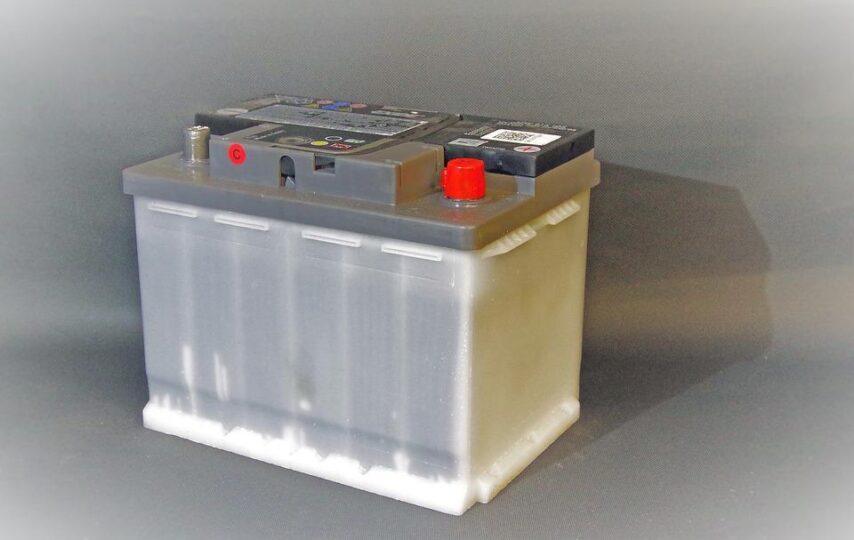AGM batteries, also known as Absorbent Glass Mat batteries, are a new generation of lead-acid batteries designed to meet the increased electrical needs of modern cars and start-stop applications. These batteries are completely sealed, spill-proof, and do not require any maintenance. AGM batteries are exceptionally resistant to vibration. Compared to traditional lead-acid batteries, they have superior cycle performance, less venting, and far less acid leakage. AGM technology has a long lifespan because of all of its advantages.
AGM Batteries: How Do They Operate?
An ultra-thin glass mat, known as an AGM separator, is the key to an AGM battery’s superior performance. Fiberglass mats are layered between the lead plates of AGM sealed batteries, absorbing the electrolyte and extending battery life. A “dry” electrolyte suspension replaces the usual free-flowing electrolyte in flooded batteries.
The glass mat increases the electrolyte’s contact surface area with the battery plates, allowing the sulfuric acid and plate material to react more quickly.
AGM Battery Pros
Prolonged Existence
Compared to regular batteries, AGM batteries can live up to two times longer. When not in use, these batteries have a low self-discharge rate so they can last longer.
Generates More Starts
As many as 60,000 starts are possible with AGM batteries. That’s nearly three times as much power as a conventional battery can deliver.
Improved Durability And Lightweight Design
In contrast to flooded lead-acid batteries, the electrolyte in AGM batteries doesn’t expand since the glass mat isn’t saturated. Because there is less electrolyte in this battery than in a flooded one, it is lighter. The AGM battery can tolerate freezing since there is no liquid expansion. While a frozen battery is unlikely to provide any power, it will not break or harm the plates.
Increased Power Output Due to Reduced Internal Resistance
To supply power fast, the AGM battery has extremely little internal resistance. This is a vital part of a car battery’s job, delivering quick bursts of energy to the engine.
Improved Depth of Discharge and Faster Recharge
The long cycle life of AGM batteries can be attributed to their excellent charge acceptance. Compared to regular batteries, the AGM battery may recharge up to five times faster.
They have a Depth of Discharge of 80%, which indicates that they may discharge down to 80% of their original capacity without being destroyed. In most cases, flooded batteries can only be discharged to 50% of their rated capacity.
Because of its long cycle life, the AGM battery may be used in deep cycle applications. As a result, an AGM deep cycle battery is commonly utilized in maritime vehicles and UPS systems.
Shock and Vibration Resistant
The glass mats saturated in electrolytes between the lead plates serve as a damper. Because the plates are so closely packed, there is virtually no movement or vibration. Vibration and shock resistance are greatly improved by this method.
Non-Spillable And Devoid Of Maintenance
The AGM battery doesn’t need to be watered or cared for. An absorbent glass mat prevents electrolyte spills between the plates that maintain the electrolyte. In this way, the mounting options are much more versatile. When shipping AGM batteries by air or road, the restrictions tend to be more lenient.
What Is The Difference Between A Lithium Battery And An AGM Battery?
Batteries like AGM and lithium have their advantages and disadvantages. The lithium-ion battery is significantly lighter than the AGM battery, has a longer cycle life, and can be charged more quickly. The discharge curve of lithium-ion batteries is also flat. Regarding Cold Cranking Amps (CCA) and vibration resistance, AGM batteries are more expensive to make but have better performance.









